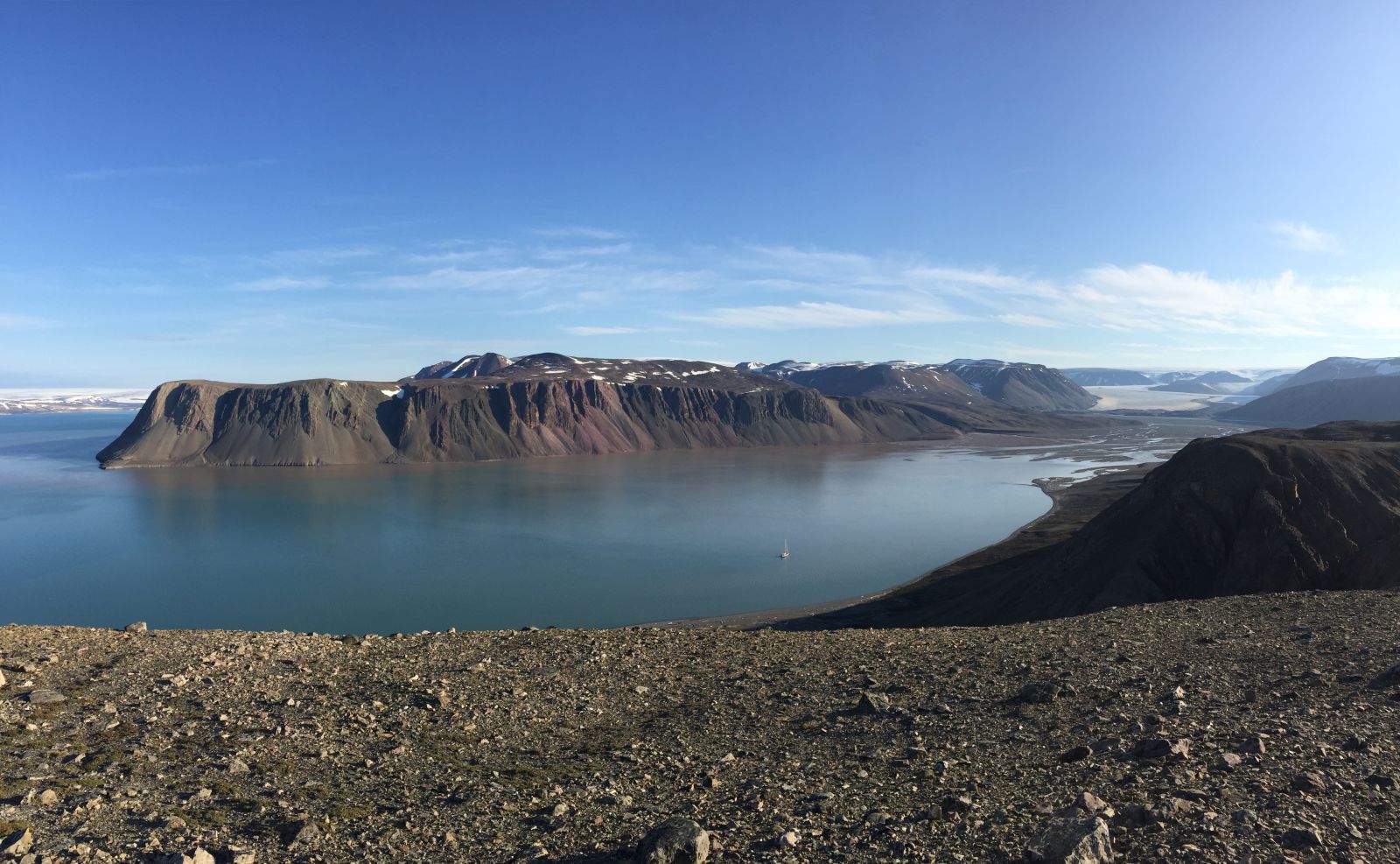
Welcome to the Rooney Geochronology and Geochemistry Group! We are a part of the Yale Metal Geochemistry Center. Our group utilizes the Re-Os geochronometer as well as Sr and Nd isotopes in conjunction with mineralogy, field mapping, sedimentology and stratigraphy to investigate climatic, biologic and tectonic transitions in earth’s history. Current projects involve resolving spatial-temporal Quaternary ice sheet dynamics and understanding and refining the timing of biological innovation, extinction and ice ages in the Neoproterozoic and Ordovician.
Investigating radiogenic isotopes as paleoweathering tracers - an experimental approach to understanding geochemical records from the sedimentary rock archive.
Radiogenic isotopes (e.g. Sr, Nd and Os) are providing critical new datasets that can be used to interrogate changes in tectonics and global climate as recorded in sedimentary archies that document episodes of upheaval throught Earth History. However, our understanding of how geochemical processes operate at mid-ocean ridges with respect to fluxes of these elements is currently lacking. My group is interested in combining eperimental approaches, petrology and mineralogy and isotope geochemistry to understand the factors that control the concentration and isotopic composition of these elements in seawater and deconvolve their paths into the sedimentary rock record. Of particular interest are experimental approaches to better understand seafloor weathering of mafic and ultramafic units. This research will establish how these elements behave in modern ocenas and provide effective contraints for proper interpretation of how the sedimentary rock record reflects changes in climate and habitability through Earth’s history.
Current Projects
Current projects involve resolving spatial-temporal Quaternary ice sheet dynamics and understanding and refining the timing of biological innovation, extinction and ice ages in the Neoproterozic and Ordovician. Short descriptions of ongoing projects can be found here.
Biological Innovations and the Breakup of Rodina - Tonian of Svalbard
The breakup of Rodinia during the late Neoproterozoic was responsible for changes in primary productivity due to the formation of isolated basins with variable redox environments. Many biosphere firsts occurred during the Tonian, including the advent of biomineralization, development of exoskeletons, rise of eukaryotic predation and the appearnace of authigenic phosphate burial. Neoproterozoic sections are exceptionally well-preserved in Svalbard, due to recent deglaciation, and provide unparalleled opportunities to investigate the biotic and geochemical histories of this time. Current research goals in this time period center on providing radiometric ages to resolve questions surrounding the tempo of eukaryotic evolution. This project is part of a collaboration with researchers at Dartmouth College and Oxford University.
Mid-Pleistocene Transition
The Mid-Pleistoncene Transition (MPT) was characterized by a shift from 41-ky to 100-ky variability in glacial cycles, without change or obital forcing parameters. While the specific drivers of this transition remain elusive, it has been suggested that the MPT occurred as either the result of a shift in internal ice sheet dynamics, which pushed ice sheets towards a longer and larger stable state, or an increase in cooling of the deep ocean, which would have allowed for colder temperatures and prolonged glacial periods. Our work during the MPT centers on refining the dynamics of northern-hemisphere ice sheets by utilizing osmium chemo-stratigraphy, bedrock geology adn glacial teill mapping to identify basal bedrock conditions under northern hemisphere ice sheets, and help elucidate ice sheet response to changing basal substrate.
EARTHTIME Integration of the Re-Os Geochronometer

Providing reliable radiometric ages is essential in resolving fundamental problems in earth history. Earthtime is a NSF-funded initiative to produce reliable geochronological ages and develop inter-laboratory standards and calibration. the Rooney Lab has been working on developing reliable standards, inter-laboratory standards calibration and comparison within the EARTHTIME framework.